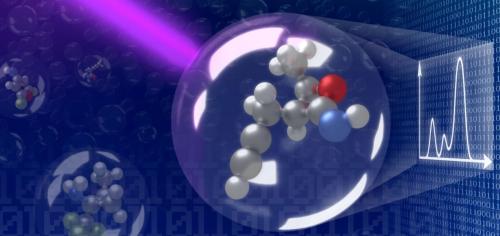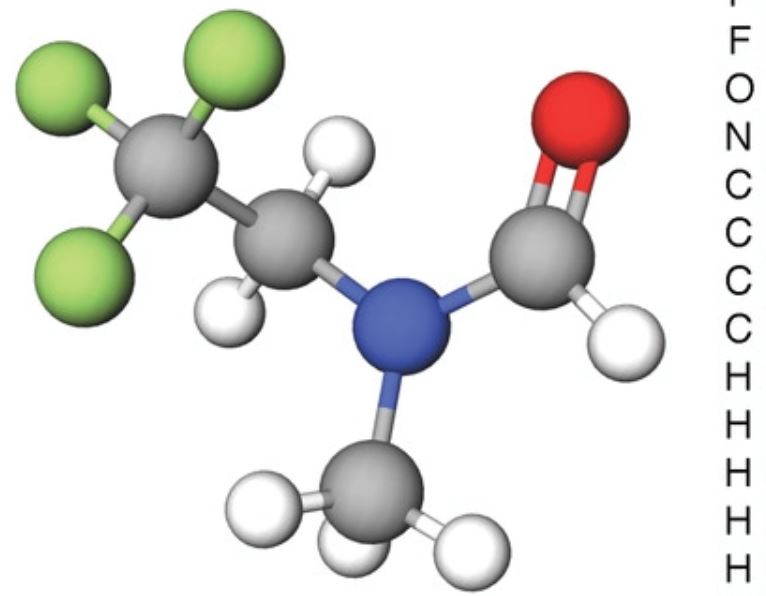
Researchers have developed ARTIST, an AI that accelerates the development of new technologies significantly. ‘ARTIST,’ stands for Artificial Intelligence for Spectroscopy. It can instantly determine how a compound will react to light. This ability is extremely useful for creating designer materials for tomorrow’s technology.
The researchers, from Aalto University and the Technical University of Denmark, wrote about their work in the journal Advanced Science (citation below). The authors were Kunal Ghosh, Annika Stuke, Milica Todorović, Peter Bjør Jørgensen, Mikkel N. Schmidt, Aki Vehtar, and Patrick Rinke.
Researchers traditionally use spectroscopy to study molecular reactions to external stimuli. Spectroscopy is the study of the interaction between electromagnetic radiation and matter. It probes materials’ internal properties by observing their response to, for example, light. Thanks to spectroscopy, many everyday technologies exist.
However, current computational and experimental spectroscopy approaches tend to be very expensive. In highly-specialized labs, time is usually very limited and costly. Computations are also time-consuming and tedious.
Artificial intelligence
AI stands for Artificial Intelligence. The term refers to software technologies that make machines think and behave like humans. It contrasts with natural intelligence, which is what we have.
Many software engineers and roboticists say that it is only AI if it performs at least as well as a human. ‘Performance,’ in this context, refers to human computational speed, capacity, and accuracy.
ARTIST has changed how we determine spectra
The authors say that ARTIST offers a paradigm shift in how we determine individual molecules’ response to light, i.e., spectra.
Co-author, Milica Todorović, a Postdoctoral Research Fellow at Aalto University, said:
“Normally, to find the best molecules for devices, we have to combine previous knowledge with some degree of chemical intuition.”
“Checking their individual spectra is then a trial-and-error process that can stretch weeks or months, depending on the number of molecules that might fit the job. Our AI gives you these properties instantly.”
ARTIST is both fast and accurate. It, therefore, has the potential to accelerate the development of flexible electronics, including LEDs or paper with screen-like abilities. The letters LEDs stand for light-emitting diodes.
ARTIST may, as a complement to basic research and characterization in the lab, hold the key to creating better catalysts and batteries. It may also be the key to producing new compounds with carefully selected colors.
A powerful tool
In just a few weeks, the researchers trained ARTIST with a dataset of over 132,000 organic molecules. It can predict how those molecules will react to a stream of light with exceedingly good accuracy.
The authors now plan to train ARTIST with more data and turn it into an even more powerful tool.
Co-author, Patric Rinke, an Associate Professor at Aalto University, explained:
“Enormous amounts of spectroscopy information sit in labs around the world. We want to keep training ARTIST with further large datasets so that it can one day learn continuously as more and more data comes in.”
The authors plan to release ARTIST in 2019 on an open science platform. It is also currently available for use and additional training upon request.
Citation
“Deep Learning Spectroscopy: Neural Networks for Molecular Excitation Spectra,” Kunal Ghosh, Annika Stuke, Milica Todorović, Peter Bjørn Jørgensen, Mikkel N. Schmidt, Aki Vehtari, and Patrick Rinke. Advanced Science 2019, 1801367. DOI: https://doi.org/10.1002/advs.201801367.

